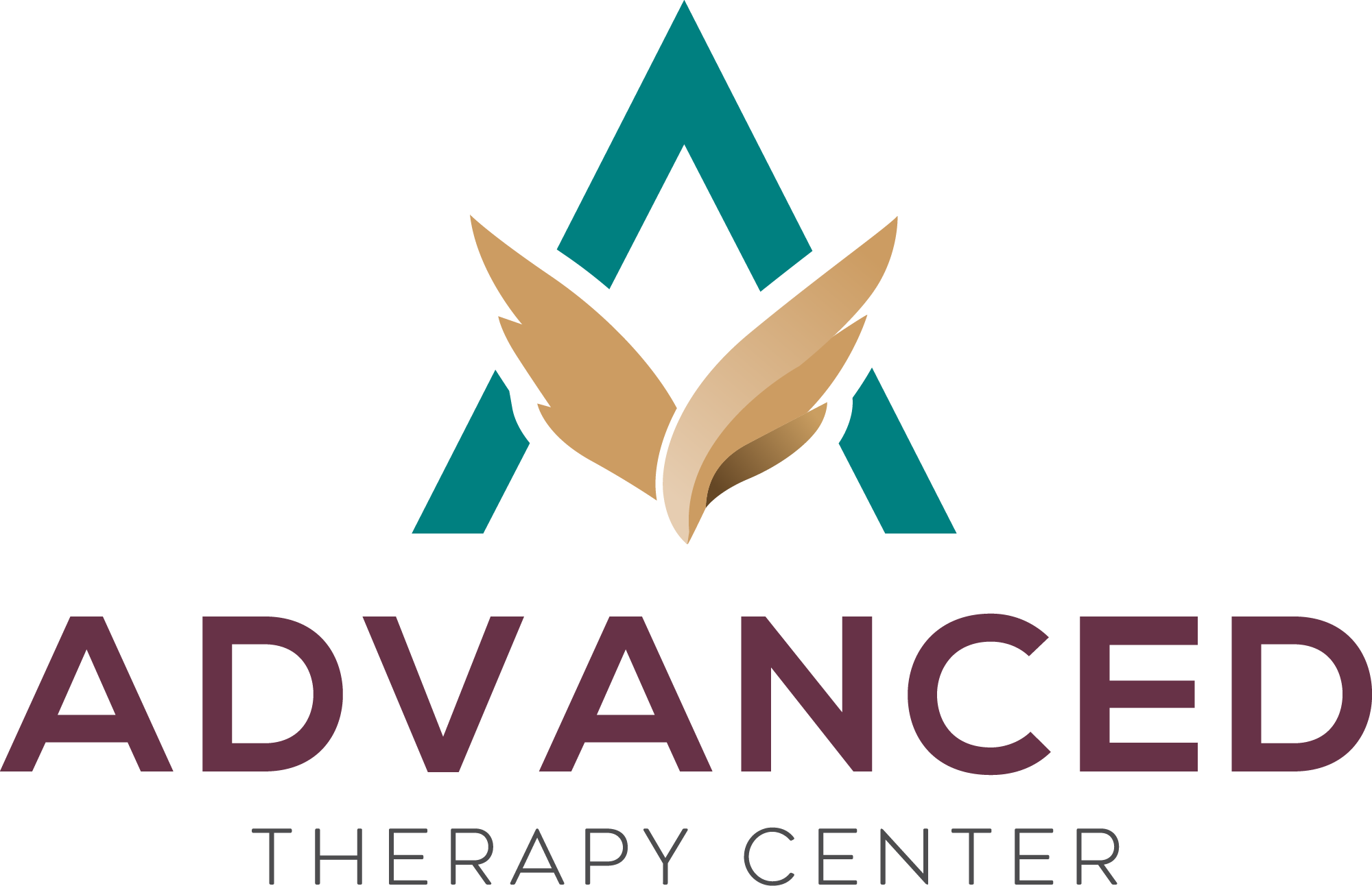Understanding Vaping Addiction
How Nicotine Addiction Develops
Nicotine addiction from vaping develops rapidly due to the high concentration of nicotine delivered directly to your bloodstream. When you vape, nicotine triggers a surge of dopamine – your brain’s pleasure chemical. This creates a reward cycle: vape, feel good, repeat. Your brain quickly learns to crave this sensation.
Physical Withdrawal Symptoms
When you try to quit vaping, you may experience physical withdrawal symptoms as your body adjusts to the absence of nicotine. These symptoms can include:
- Intense nicotine cravings
- Headaches and dizziness
- Increased appetite
- Sleep disturbances
- Difficulty concentrating
- Anxiety and irritability
The Psychological Aspect
The psychological grip of vaping extends beyond nicotine dependence. Your daily routines become intertwined with vaping habits – the morning puff, the after-meal hit, the stress-relief break. These behavioral patterns create powerful triggers that reinforce the addiction.
Common Triggers
Some common triggers that may prompt you to reach for a vape include:
- Stress or emotional distress
- Social situations
- Specific times of day
- Certain locations or activities
- Alcohol consumption
Your brain forms associations between these triggers and the act of vaping. Each time you encounter a trigger, your brain expects the nicotine reward. Breaking free from vaping requires addressing both the physical nicotine addiction and these deeply ingrained behavioral patterns.
Preparing for Your Quitting Journey
Understanding these addiction mechanisms helps you prepare for the challenges ahead in your quitting journey. Recognizing your personal triggers is the first step toward developing effective strategies to overcome them.
For some individuals, these triggers may even lead to Obsessive-Compulsive Disorder (OCD), which can complicate the quitting process further. It’s crucial to seek professional help if you find yourself struggling with such intense behavioral patterns.
Preparing to Quit Vaping
Your decision to quit vaping marks a significant step toward better health and personal growth. A successful quit journey starts with proper preparation and a clear understanding of your motivations.
Identify Your Personal “Why”
Understanding why you want to quit is crucial for staying motivated throughout your journey. Here are some common reasons people choose to quit:
- Health concerns: Breathing difficulties, chest pain, or potential long-term effects
- Financial impact: Calculate your monthly vaping expenses
- Social reasons: Setting a positive example for family members
- Professional growth: Eliminating smoke breaks and improving productivity
- Relationship improvements: Better breath and increased intimacy
Choose Your Quit Date Strategically
Selecting the right date to quit can significantly impact your chances of success. Consider the following tips when choosing your quit date:
- Select a date within the next two weeks
- Avoid high-stress periods (exams, work deadlines, major life changes) – it’s important to remember that [stress] can be a significant trigger for vaping.
- Pick a day when you’ll have support readily available
- Consider weekends for the initial withdrawal phase
Create Your Personalized Quit Plan
A well-structured quit plan helps you anticipate challenges and prepare effective responses. Here’s how to create your personalized quit plan:
- Document your vaping patterns:
- Time of day you vape most frequently
- Emotional states triggering vape use
- Social situations linked to vaping
- List alternative activities:
- Physical exercise
- Deep breathing exercises – these can help manage [stress]
- Stress-relief techniques
- Remove vaping triggers:
- Clean your living space
- Dispose of vaping devices
- Reorganize daily routines
Your plan should evolve as you discover what works best for your unique situation.
In some cases, it might be beneficial to seek professional help to navigate through this challenging process. Utilizing therapy modalities can provide valuable support in addressing the underlying issues related to addiction and help develop healthier coping mechanisms.
Managing Nicotine Withdrawal and Cravings During Your Quitting Journey
Nicotine withdrawal symptoms typically peak within 3-5 days after quitting vaping. You might experience:
- Physical symptoms: headaches, increased appetite, fatigue, difficulty sleeping
- Emotional challenges: intense mood swings, anxiety, irritability, depression
Here are effective strategies to manage these symptoms:
- Exercise regularly – Physical activity reduces cravings and improves mood through natural endorphin release
- Stay hydrated – Drink water when cravings hit to help flush out nicotine and reduce withdrawal intensity
- Practice deep breathing – Try the 4-7-8 technique: inhale for 4 seconds, hold for 7, exhale for 8
- Use nicotine replacement therapy – Consider FDA-approved options like patches or gum under medical supervision
- Keep your hands busy – Try stress balls, fidget toys, or drawing during intense craving periods
Remember: cravings typically last 3-5 minutes. Time your cravings and watch them pass – each successful resistance builds your quitting strength.
Seeking Support Resources for Quitting Vaping
Building a strong support network is crucial for your vaping cessation journey. Your friends and family can provide emotional encouragement, accountability, and practical help during challenging moments. Healthcare providers offer professional guidance and can recommend appropriate nicotine replacement therapies or medications if needed.
Free Support Services Available:
- 1-800-QUIT-NOW: 24/7 access to trained quit coaches
- SmokefreeTXT: Daily text messages with tips and motivation
- quitSTART app: Personalized quit plans and progress tracking
Professional Support Options:
- Tobacco cessation counselors
- Support groups (in-person or virtual)
- Mental health professionals specializing in addiction
Many local health departments run free cessation programs. These programs combine group support with expert guidance, increasing your chances of success. The Advanced Addiction Center in Medford, MA offers specialized vaping cessation programs, including individual counseling and behavioral therapy options.
Digital support communities on platforms like Reddit’s r/QuitVaping provide real-time encouragement from others on similar journeys. These online spaces let you share experiences, ask questions, and celebrate milestones with people who understand your challenges.
Behavioral Strategies That Can Aid Your Efforts in Quitting Vaping Successfully
The gradual reduction approach offers a structured path to quit vaping without the intense withdrawal symptoms associated with cold turkey methods. Here’s how you can implement this strategy:
Nicotine Strength Reduction
- Start with your current nicotine strength
- Decrease concentration by 3-6mg every 1-2 weeks
- Switch to zero-nicotine e-liquid before complete cessation
Frequency Reduction Schedule
- Track your daily vaping sessions
- Cut one vaping session every 3-4 days
- Replace vaping breaks with alternative activities:
- Deep breathing exercises
- Short walks
- Stress balls or fidget toys
- Sugar-free gum
Time-Based Restrictions
- Set specific “no-vape” hours
- Gradually extend these periods
- Create vape-free zones in your home and workplace
This systematic approach allows your body to adjust to lower nicotine levels while giving you time to develop new habits. The key lies in maintaining consistent reduction intervals and staying committed to your predetermined schedule. For additional support, consider utilizing resources such as a quit plan medication guide or understanding the delayed struggles of quitting smoking which might offer valuable insights during your journey.
Considering Professional Therapies Offered at Advanced Therapy Center as Part of Your Comprehensive Vape Cessation Approach
Professional therapy at the Advanced Therapy Center provides structured support through evidence-based treatments for vaping cessation. Cognitive-Behavioral Therapy (CBT) stands as a cornerstone treatment option, helping you reshape thought patterns that trigger vaping urges.
Key CBT Components for Vaping Cessation:
- Identification of automatic thoughts leading to vaping
- Development of personalized coping strategies
- Practice of mindfulness techniques
- Creation of new behavioral responses
The center’s licensed therapists work with you to:
- Uncover root causes of vaping dependency
- Address co-occurring mental health concerns through their comprehensive treatment for mental health conditions
- Build resilience against triggers
- Create sustainable lifestyle changes
Advanced Therapy Center offers additional therapeutic approaches:
- Dialectical Behavior Therapy (DBT) for emotion management
- Motivational Interviewing (MI) to strengthen quit commitment
- Group therapy sessions for peer support
- Holistic treatments including meditation and breathwork
Moreover, the center specializes in providing behavioral addiction treatment, which can be crucial in addressing the underlying issues related to vaping addiction.
Contact Advanced Therapy Center at (781) 560-6067 to explore these therapeutic options for your vaping cessation journey.
Long-Term Success and Aftercare Planning To Maintain A Vape-Free Lifestyle Post-Quit Date
Breaking free from vaping requires a long-term commitment that extends beyond your initial quit date. Successful recovery involves rewiring your brain’s reward pathways and establishing new, healthy habits.
Key Components of Long-Term Success:
- Regular Check-ins: Schedule monthly appointments with your healthcare provider or counselor to track progress and address challenges
- Support Group Participation: Connect with others who share similar experiences through local or online support communities
- Stress Management Techniques: Practice mindfulness, meditation, or exercise to replace vaping as a coping mechanism
- Lifestyle Modifications: Create new routines and habits that don’t revolve around vaping triggers
Developing Your Aftercare Plan:
- Identify potential relapse triggers
- List emergency contacts for immediate support
- Create a daily wellness routine
- Set achievable milestones and rewards
Remember that setbacks don’t equal failure. Each day without vaping strengthens your resolve and builds resilience. Advanced Addiction Center offers comprehensive aftercare support services, including ongoing counseling and group therapy sessions, to help you maintain your vape-free lifestyle.
“Recovery is not a race. You don’t have to feel guilty if getting better takes time.”
Contact (781) 560-6067 to learn about our personalized aftercare programs designed to support your long-term success in maintaining a vape-free life.





